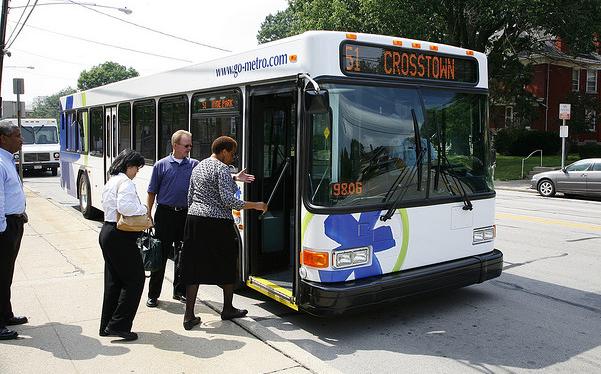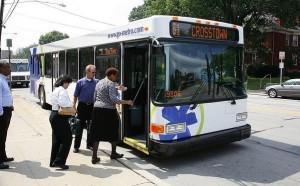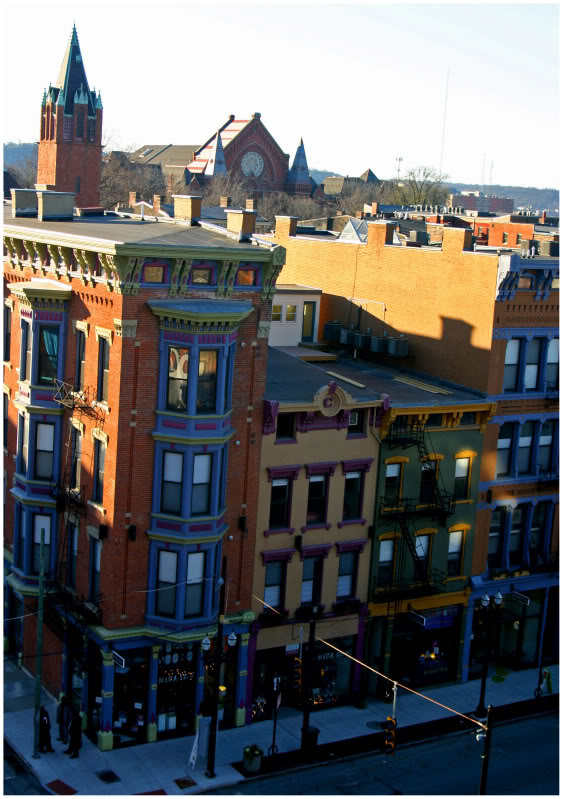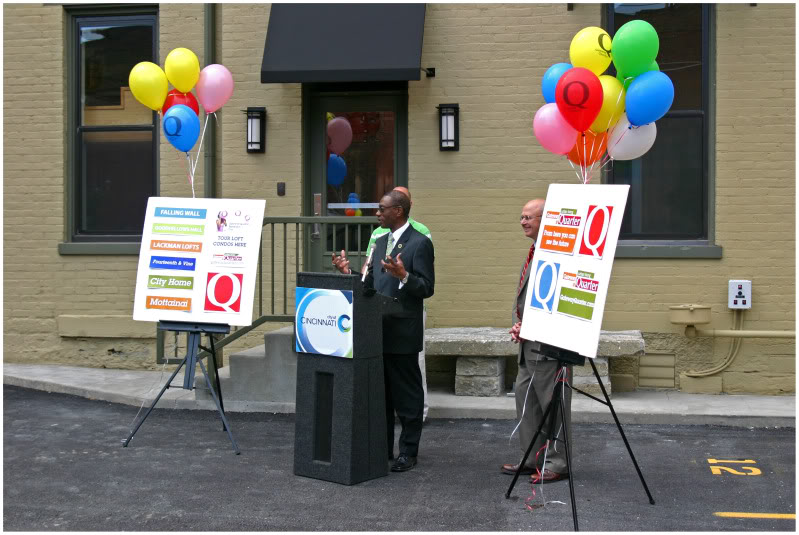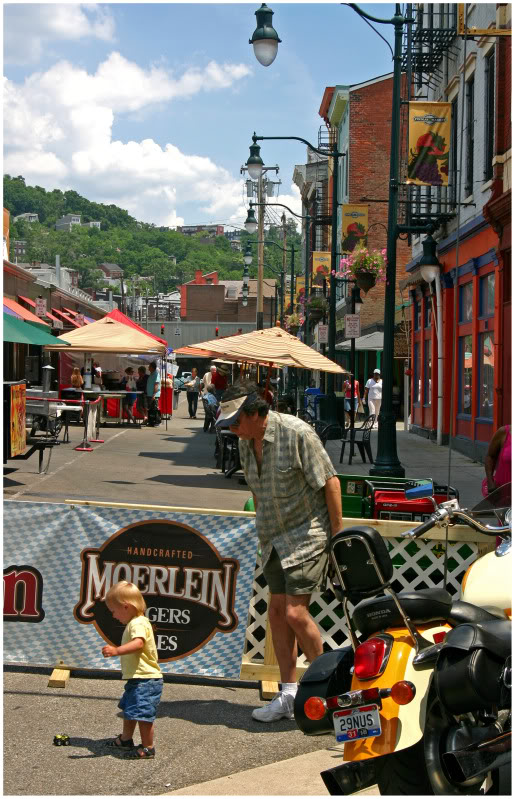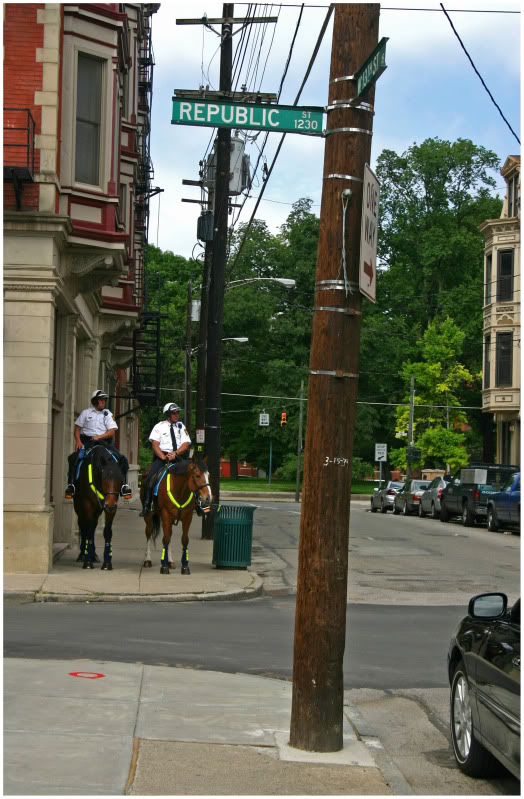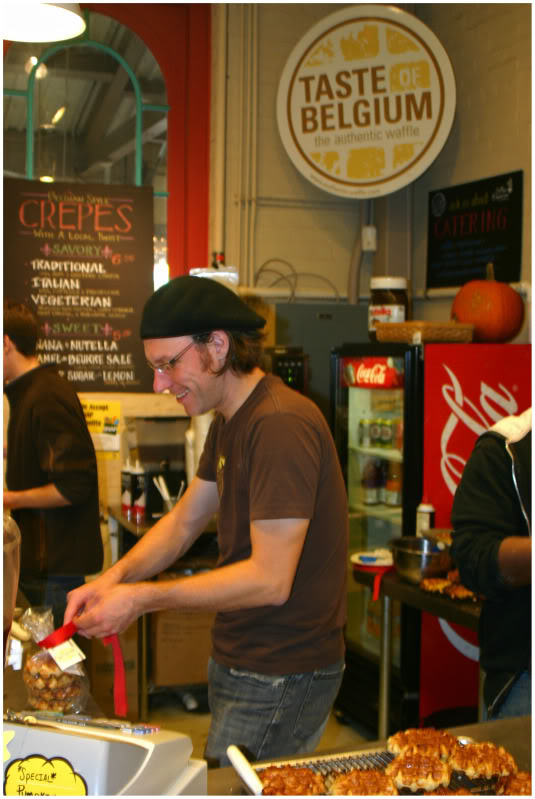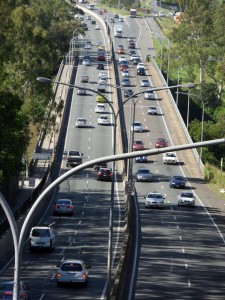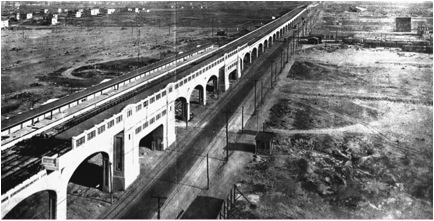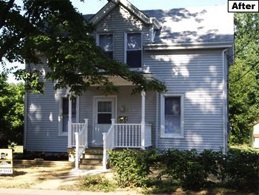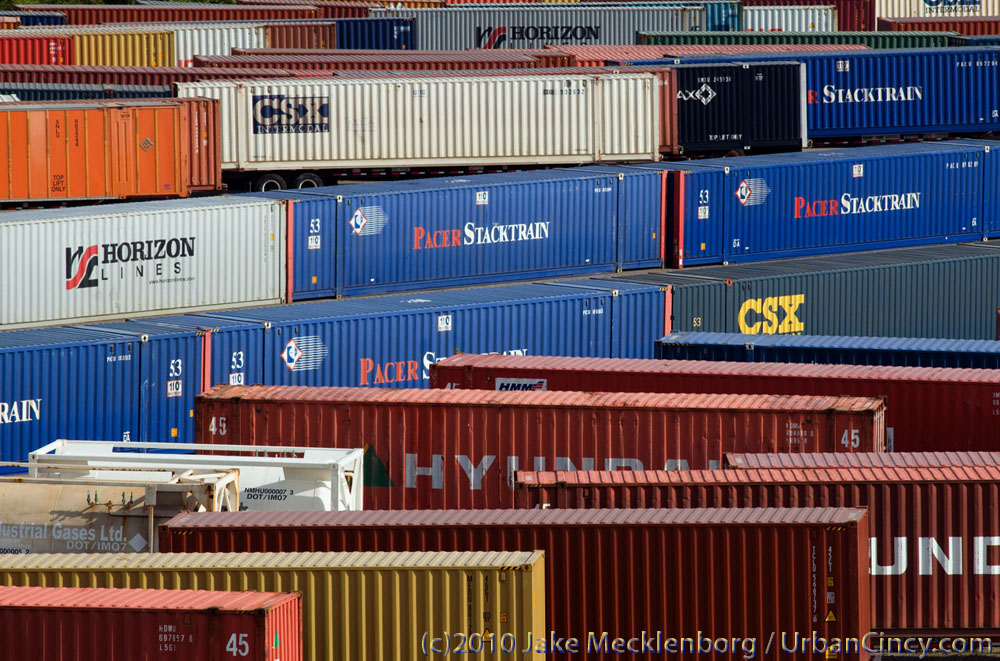 Ohio officials kicked off the first of eight state-wide public workshops yesterday in Columbus. The interactive workshops are structured to get resident input on public policy surrounding transportation investment.
Ohio officials kicked off the first of eight state-wide public workshops yesterday in Columbus. The interactive workshops are structured to get resident input on public policy surrounding transportation investment.
The second of eight meetings will be held in Cincinnati today at Losantiville Cafe inside the famous Union Terminal building. At today’s free event guests will be treated to presentations by Cincinnati Vice Mayor Roxanne Qualls and John Deatrick who will discuss the economic development impact of The Banks development for which he is overseeing.
Ohio Department of Transportation (ODOT) organizers say that part of the focus will be on how to better create jobs through transportation investments. Officials say that the discussions are part of ODOT’s Go OHIO Transportation Futures Plan which is examining how the state invests in all modes of travel and shipping including highway, air, rail, transit, water, pedestrian and bicycle. From there officials hope to better align those various modes of transportation investments with job creation, economic development and overall quality of life.
“Transportation has always been a driver of jobs and economic development for Ohioans,” described ODOT director Jolene M. Molitoris.
The U.S. Department of Commerce reports that approximately eight percent of Ohio’s private sector jobs was linked to the manufacture of exported goods in 2008, with approximately $45.6 billion in total export value during the same time according to data from the U.S. Census Bureau.
ODOT officials believe that the state’s seventh highest ranking nationally for value of goods exported to international markets, the nation’s fourth largest interstate highway system, the fourth most tonnage of goods moved through its waterways, and the third most active freight rail mileage in the nation speak highly to the ability to leverage transportation investments into economic development.
“The timing for this effort couldn’t be better with a report out of Washington showing that infrastructure investments can and will raise economic growth and productivity,” said Molitoris. “Low construction costs mean we can do more than ever before with our resources and at the same time create more good-paying Ohio jobs.”
The free event at Cincinnati Union Terminal (map) will take place from 6pm to 8pm with registration at 5:30pm. Reservations are not required, but those interested in attending are encouraged to RSVP by emailing go.ohio@dot.state.oh.us.

